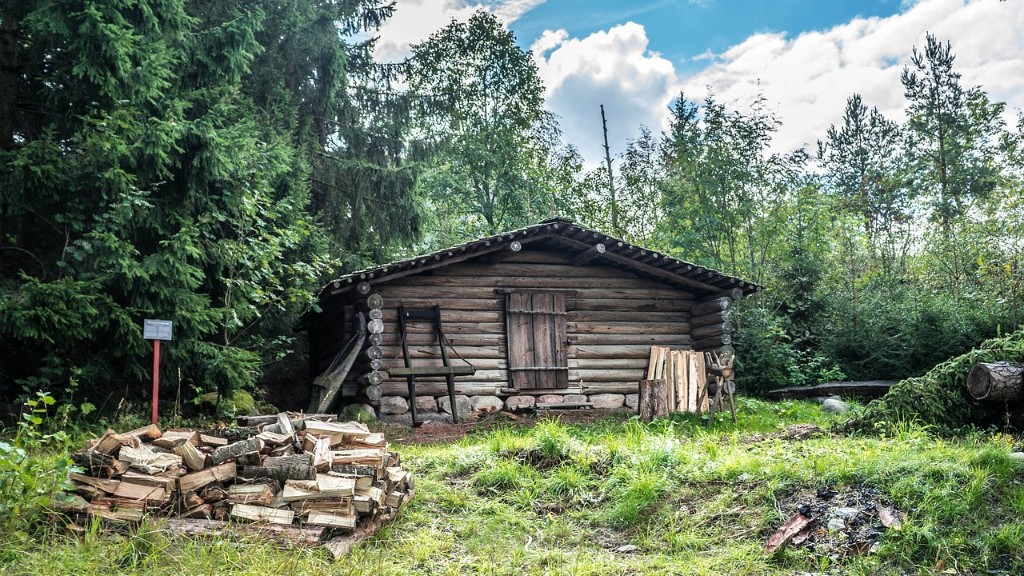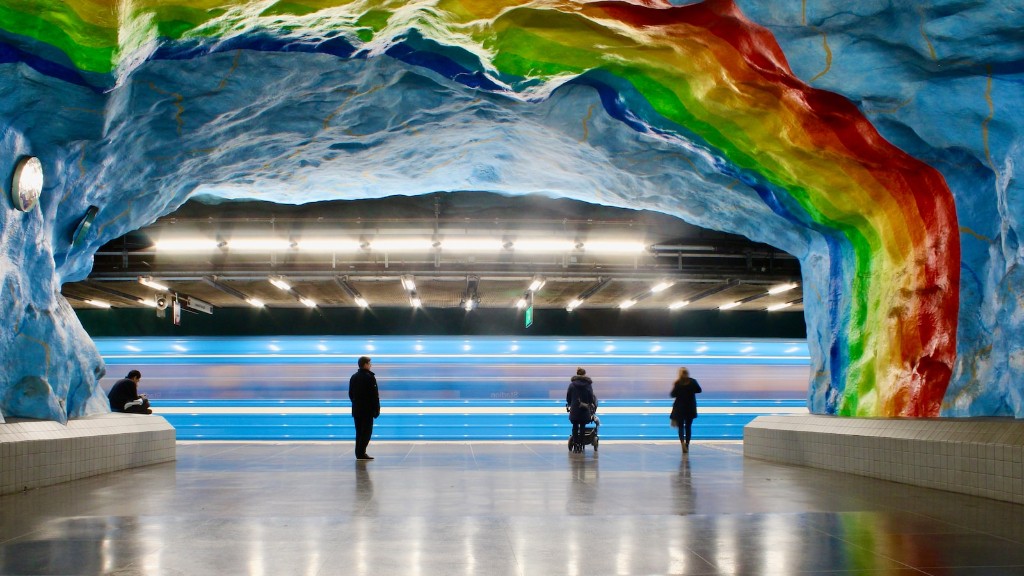Sweden Stockholm Metro Map
The Stockholm Metro, also known as the Tunnelbana, is a popular and efficient mode of transportation in the capital city of Sweden. With its distinct and colorful metro stations, it has become an iconic part of Stockholm’s landscape. The metro system is not only an essential means of getting around the city but also a fascinating cultural and artistic experience.
Background Information:
The construction of the Stockholm Metro began in the 1950s, and the first line opened to the public in 1950. Since then, the network has expanded to cover more than 100 stations across three lines: the Green line (T17), the Red line (T13), and the Blue line (T10). The system is known for its efficiency, punctuality, and cleanliness, making it one of the best metro systems in the world.
Relevant Data:
- The Stockholm Metro covers a total distance of approximately 105 kilometers.
- There are about 100 stations, with more than 50 of them featuring unique artwork and design.
- The metro system serves around 350,000 passengers on an average weekday.
Perspectives from Experts:
According to urban transportation experts, the Stockholm Metro is not only a practical mode of transportation but also an artistic and cultural treasure. The metro stations, especially those on the Blue line, are like underground art galleries. The artwork and designs of the stations showcase the creativity of Swedish artists and architects and contribute to the overall liveliness and distinctiveness of Stockholm’s public transportation system.
Own Insights and Analysis:
The unique feature of the Stockholm Metro is the artistic and creative design of its stations. Each station has its own theme and aesthetic, ranging from mosaics and sculptures to paintings and installations. This creative approach not only enhances the overall experience of using the metro but also brings art closer to the masses, allowing passengers to appreciate and engage with artwork in their everyday lives. It adds a touch of beauty and inspiration to the daily commute and serves as a reminder of the importance of art in public spaces.
Section One: The Green Line (T17)
The Green line, also known as T17, is one of the three main lines of the Stockholm Metro. It covers a distance of approximately 41 kilometers and serves around 49 stations. The Green line connects the southern and northwestern parts of the city, passing through neighborhoods such as Gamla Stan, Slussen, and Fridhemsplan.
Section Two: The Red Line (T13)
The Red line, or T13, is another important line of the Stockholm Metro. It stretches for about 41 kilometers and has around 36 stations. The Red line connects the northeastern and southwestern parts of the city, passing through central areas such as Östermalm, T-Centralen, and Hornstull.
Section Three: The Blue Line (T10)
The Blue line, known as T10, is the longest and busiest line of the Stockholm Metro. It covers a distance of around 64 kilometers and serves approximately 49 stations. The Blue line connects the northwest and southeast parts of the city, passing through key areas such as Kungsträdgården, Central Station, and Fridhemsplan.
Section Four: Advantages of the Stockholm Metro
The Stockholm Metro offers several advantages to both residents and tourists visiting the city. Here are some key benefits:
- Efficiency: The metro system is known for its punctuality and reliability, with trains running regularly and smoothly.
- Accessibility: The metro network covers a wide range of areas in Stockholm, making it easy to reach various attractions and neighborhoods.
- Artistic Experience: The distinct design and artwork in the metro stations provide a unique cultural experience for passengers.
- Sustainability: Using the metro helps reduce the city’s carbon footprint and promotes a more sustainable way of traveling.
Overall, the Stockholm Metro is not just a transportation system but an integral part of Stockholm’s identity. It combines functionality and aesthetics, offering residents and visitors an efficient means of getting around the city while immersing them in a vibrant art scene. The metro system truly reflects the innovative and creative spirit of Sweden.




